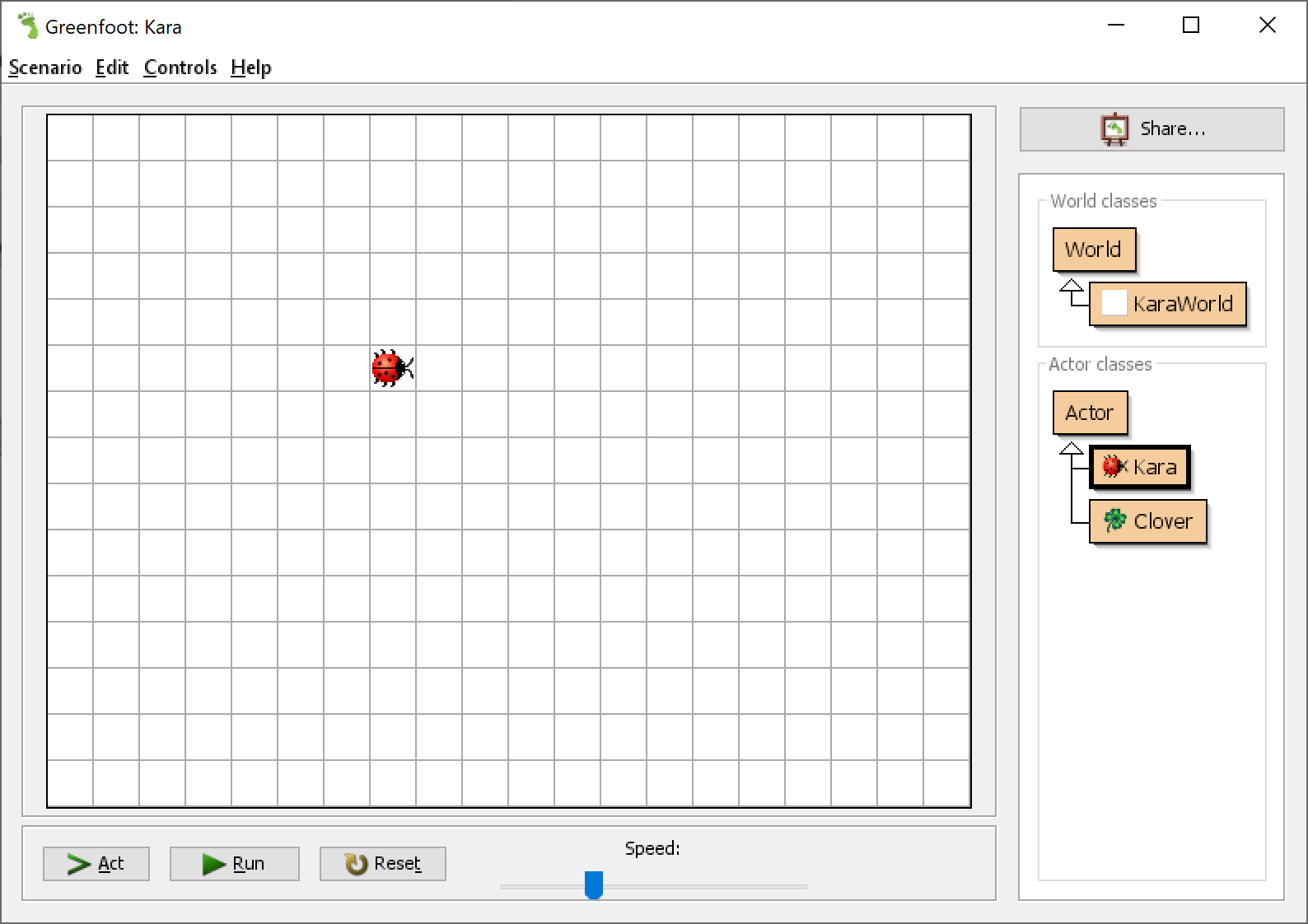
For example, one cannot assemble a solar cube from extant solar components or easily replace the engine on a truck or rearrange a modular housing unit into a different configuration after a few years, as would be the case in a modular system. Complete or holistic modular design requires a much higher level of design skill and sophistication than the more common platform system.Ĭars, computers, process systems, solar panels, wind turbines, elevators, furniture, looms, railroad signaling systems, telephone exchanges, pipe organs, synthesizers, electric power distribution systems and modular buildings are examples of platform systems using various levels of component modularity. Modular systems could be viewed as more complete or holistic design whereas platforms systems are more reductionist, limiting modularity to components. That phase must anticipate the directions and levels of flexibility necessary in the system to deliver the modular benefits. The design complexity of a modular system is significantly higher than a platform system and requires experts in design and product strategy during the conception phase of system development. Most designers are poorly trained in systems analysis and most engineers are poorly trained in design. The biggest drawback with modular systems is the designer or engineer. Platform systems have enabled the wide use of system design in markets and the ability for product companies to separate the rate of the product cycle from the R&D paths. Modularity in platform systems, offer benefits in returning margins to scale, reduced product development cost, reduced O&M costs, and time to market. Modularity offers benefits such as reduction in cost (customization can be limited to a portion of the system, rather than needing an overhaul of the entire system), interoperability, shorter learning time, flexibility in design, non-generationally constrained augmentation or updating (adding new solution by merely plugging in a new module), and exclusion. Modularity is best defined by the dimensions effected or the degrees of freedom in form, cost, or operation. Weapons platforms, especially in aerospace, tend to be modular systems, wherein the airframe is designed to be upgraded multiple times during its lifetime, without the purchase of a completely new system.

Mero architectural systems are the closest example to a modular system in terms of hard products in markets.

In this respect modular systems are very rare in markets. A modular system design has no distinct lifetime and exhibits flexibility in at least three dimensions.

In design theory this is distinct from a modular system which has higher dimensional modularity and degrees of freedom. Examples are car platforms or the USB port in computer engineering platforms. A modular system with this limited modularity is generally known as a platform system that uses modular components. In this context modularity is at the component level, and has a single dimension, component slottability. ( December 2019) ( Learn how and when to remove this template message)Ī modular design can be characterized by functional partitioning into discrete scalable and reusable modules, rigorous use of well-defined modular interfaces, and making use of industry standards for interfaces. Please help to improve this section by introducing more precise citations. This section includes a list of references, related reading, or external links, but its sources remain unclear because it lacks inline citations.


 0 kommentar(er)
0 kommentar(er)
